Your tires are where the rubber meets the road – literally – when it comes to the safety and performance of your car. That means, if your tire is leaky, you could be putting your safety at risk.
A leaky tire causes low tire pressure, which can decrease fuel economy, and put you at risk for a blowout. It also decreases the ability of your car to handle properly, making it more difficult to respond to emergency situations or drive in inclement weather.
In this article, we’ll discuss how you can diagnose and fix slow tire leaks. Don’t just ignore that low pressure sensor – check out this guide!
The Most Common Causes Of Slow Tire LeaksThere are three common issues that cause slow tire leaks. Let’s discuss each one of them now.
If your valve stem is damaged, there will be a slow and constant leak. This leak could come from either the body of the valve, or the base of the valve, where it meets the tire.
Contrary to popular belief, puncture damage usually doesn’t lead to an immediate flat tire or blowout, in most cases. This is because the object usually remains lodged in the rubber, preventing air from leaking quickly.
There are a few ways you can diagnose a slow tire leak
 If one of your tires seems perpetually under inflated, chances are you have a leak.
If one of your tires seems perpetually under inflated, chances are you have a leak.If you have a slow tire leak, you’ll want to have it repaired professionally as soon as possible. In some cases, you may want to keep a tire plug or patch kit in your vehicle. These kits are easy to use, and can keep your tire inflated until you bring it to a professional tire repair shop.
To permanently fix a tire leak caused by a puncture, you will need a “plug and patch”. This method of repair involves removing the tire from the wheel, and placing a combination plug and patch on the tire.
If your leak is caused by a faulty valve, you may need to replace it or your tire.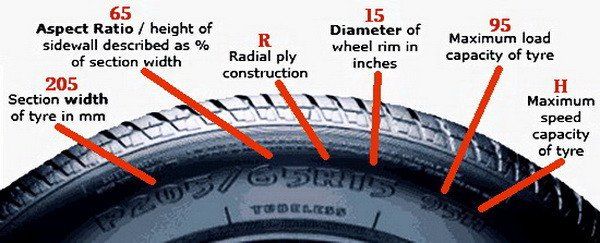 Leaks caused by a damaged mounting surface may require you to replace the entire wheel.
Leaks caused by a damaged mounting surface may require you to replace the entire wheel.
If you need to repair a tire damaged by a puncture, or you think your valve or mounting surface may be damaged, we can help!
Schedule your appointment on Ride Time today, and come to our service centre now in Winnipeg, to make sure you stay safe on the roads!
Sharing is caring!
As an Amazon Associate we earn from qualifying purchases made on our website. If you make a purchase through links from this website, we may get a small share of the sale from Amazon and other similar affiliate programs.
Cracks in the sidewalls of tires are readily apparent and may be identified relatively instantly. But the tire issues that are the most difficult to deal with are also the ones that are the most difficult to detect.
For example, in the case of a gradual leak in one or more of their tires, many drivers are unaware of how to avoid, identify, or deal with the situation.
When it comes to the safety and performance of your vehicle, your tires are the point at which the rubber meets the road – very literally. Therefore, if your tire is leaking, you might be putting your safety at risk as a result.
The low tire pressure caused by the leaking tire results in decreased fuel efficiency, as well as the possibility of a blowout. It also impairs your vehicle’s ability to handle correctly, making it more difficult to react to emergency circumstances or drive in adverse weather conditions.
In this article, we will go over the principles of slow tire leaks as well as how to protect yourself and your car if one does occur.
Low-pressure tire leaks are exactly what they sound like: microscopic flaws in a tire’s construction that allow air to escape slowly and steadily over a lengthy period. In comparison to regular tire leaks, slow leaks are more difficult to detect, and you may not be able to detect them unless you know what to look for.
Slow leaks, in contrast to other types of tire leaks, seldom result in hissing sounds or dramatic and rapid fluctuations in tire pressure. Slow leaks may manifest themselves anywhere on the tire, making them more difficult to detect and identify. Your tire may develop a gradual leak:
While slow leaks are not immediately noticeable, they may be quite dangerous. Slow leaks, like any other kind of leak, ultimately cause the tire’s air pressure to drop to dangerously low levels, which may be fatal. If this fall in tire pressure happens while you are driving, the tires will create far more heat than they would otherwise produce.
This excessive heat and friction may cause the rubber to wear through suddenly, resulting in a blowout. This is a danger that is especially prevalent while traveling at highway speeds.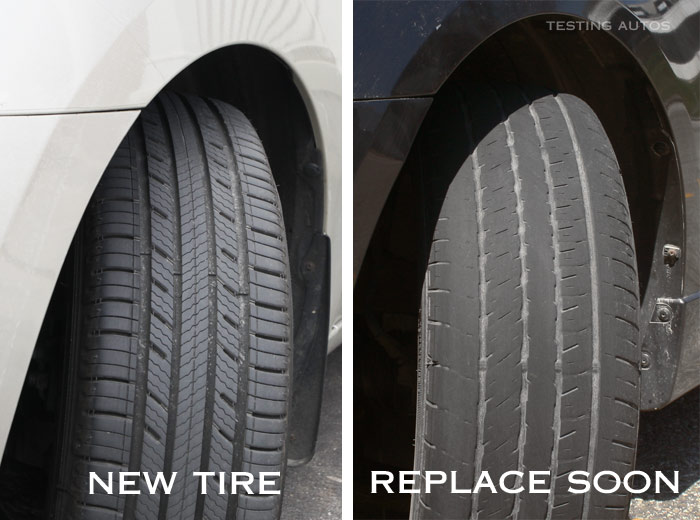
Your tires’ performance will be essential in establishing whether or not you have a steady leak. You may have a slow leak if you see any of the following:
Any of these would be clear indicators that your tire is slowly leaking. If you want to be sure by making a diagnosis, keep reading to find out how to diagnose a slow tire leak!
If you are suffering a slow leak, the following are some things to check for:
Many people believe that a puncture would cause the tire to fall flat quickly. This is a frequent misperception. However, in many situations, the item that caused the puncture stays trapped in the tire, preventing the air from escaping as rapidly as it might otherwise.
It is critical to not disregard a puncture in the same way that you would any other kind of tire leak.
Eventually, the item will either wear down or work its way out of the tire, depending on the situation. For more information, please see our article How to Repair a Tire with a Safe, Permanent Fix for more information.
The region where the tire bead meets the rim is another typical source of slow tire leaks, and it is often damaged. It is common for drivers to inflict this sort of damage by striking the curb, traveling over a speed bump at a fast rate of speed, or driving over potholes!
The collision deforms the metal surface of the wheel, which may cause the tire to pull away from the wheel’s mounting surface as a result of the impact.
Because old valve stems tend to wear down over time, new tires are often sent with new valve stems. Because of usage, dislocation, and exposure to chemicals on the road, such as road salt, older valve stems may get corroded and fail over time.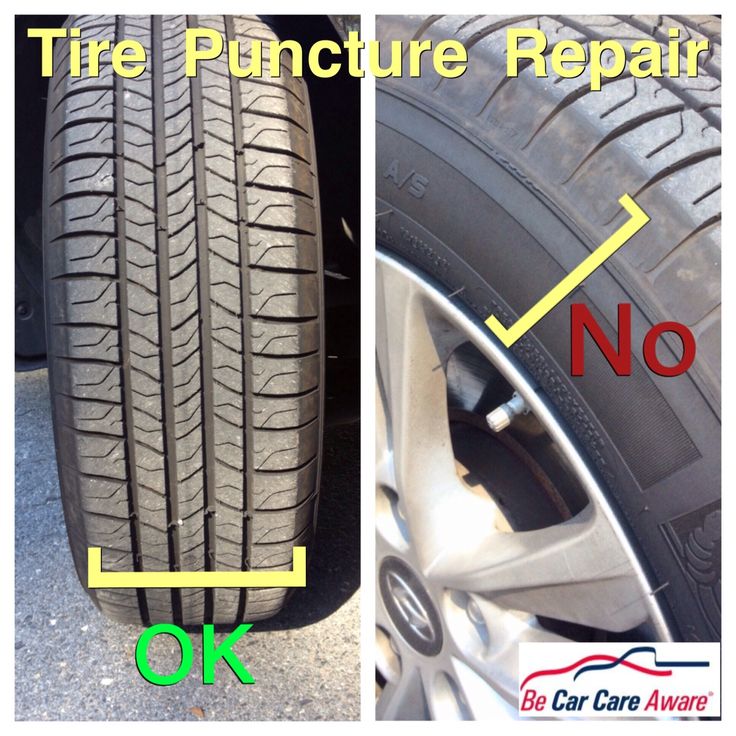 They may corrode and deteriorate.
They may corrode and deteriorate.
It is possible that your valve stem has been damaged, resulting in a gradual and continuous leak. This leak might originate from either the valve’s body or the base of the valve, which is where it contacts the tire’s tread.
Corrosion may cause damage to the mounting surface of the wheel, where the bead of the tire is located, over time. This can result in a leak when the tire pulls away from the mounting surface, causing the wheel to fail.
It is also possible to cause damage to the mounting surface if you drive your vehicle into a curb or step bump, or if you drive your car over a pothole. If the metal surface is distorted, a gradual leak may probably develop.
There are a few different techniques to determine whether you have a gradual tire leak.
If your tire pressure monitoring system (TPMS) is illuminated, one of your tires is underinflated. If you inflate them all and the TPMS alarm goes off after just a few days, you likely have a slow leak on your hands.
If you inflate them all and the TPMS alarm goes off after just a few days, you likely have a slow leak on your hands.
Even if you have a tire pressure monitoring system, you should physically check your tire pressure once a week or so. If one of your tires seems to be continuously under-inflated, you likely leak to that tire.
If you suspect that one of your tires has a slow leak, you may do a basic examination in your driveway or garage to rule it out.
It should be noted that this strategy does not apply to all slow leaks. Even though you don’t see any air bubbles when you run a water test, if you see any of the above-mentioned symptoms of a progressive leak, you should get your tires inspected by a specialist.
Even though you don’t see any air bubbles when you run a water test, if you see any of the above-mentioned symptoms of a progressive leak, you should get your tires inspected by a specialist.
Once you’ve figured out where the leak is coming from, you can decide if your tire needs to be repaired or whether it’s time to replace it. The location of the leak is crucial in making this selection.
When leaks in the tread of the tire are modest and self-contained, they are typically repairable. However, even slight leaks in the tire’s sidewall damage the tire and need its replacement.
Pinholes and tiny punctures in the tread can easily be repaired using a patching kit purchased from a shop. Without the use of extra materials, small holes may be patched using a resin or rubber compound specialized for tire patching.
If your valve stems start to leak, you can replace them, but changing air valves requires a lot more ability. If you’re not confident in your ability to replace your air valve stem, you should take your tire to a repair shop or technician.
If you’re not confident in your ability to replace your air valve stem, you should take your tire to a repair shop or technician.
Bead leaks are a bit different, and it’s approximately a 50/50 chance that you’ll be able to repair one yourself or that you’ll need to hire a professional. A bead leak, like other leaks, may be repairable, but it may also be too severe to fix. Here are the steps to take:
In certain circumstances, though, the rim may need to be changed.
It’s also possible that a gradual leak in your tire is being caused by the wheel itself, particularly if it’s old or damaged. Expert assessment is usually required to decide if your wheel can be fixed to halt the leak or whether you’ll need to replace it.
Like most auto repairs, catching slow leaks immediately is critical. Leaking tires may cause serious damage to other parts of your automobile, notably its suspension system.
Knowing how to repair a slow leak yourself may save you a lot of money. Keep an eye on your tires and your car’s performance. So you can maintain your car in excellent condition for longer.
Niklas
Hi, my name is Niklas, the head content creator & CEO of Whirling Wheelz. I am very interested in vehicles of all kinds, mainly cars. I have a car mechanics degree from high school and a big hobby of mine is to follow the WRC (World Rally Championship) both online and through travel.
Your tires are exposed to a lot of road damage to keep your ride smooth, quiet, comfortable and safe. Tire maintenance is essential in order to get as many miles on them as possible before you have to change them.
Tire maintenance is essential in order to get as many miles on them as possible before you have to change them.
Tire pressure should be checked regularly (at least once a month) to avoid many problems that can result from uneven or low tire pressure. When uneven tire wear occurs, it results in uneven tread wear and can lead to rapid tire wear, forcing you to buy new ones. It also requires more frequent tire rotation and even more frequent wheel alignment. nine0003
In addition, low tire pressure can cause irreparable damage to wheels, which are expensive to replace. To make matters worse, low tire pressure is one of the main causes of flat tires, which is inconvenient at best and potentially dangerous as you could lose control of the vehicle.
Although it is normal for tires to leak air (so you should check the pressure every month), you may notice that the pressure fluctuates more than usual. In this case, you may have a puncture or some other problem that is causing them to leak faster than usual. Luckily, there are a few home steps you can take to determine what's wrong with your tires and get them fixed before you hit the side of the road. Follow the instructions below to learn how to check for leaks in your tires. nine0003
Luckily, there are a few home steps you can take to determine what's wrong with your tires and get them fixed before you hit the side of the road. Follow the instructions below to learn how to check for leaks in your tires. nine0003
Materials Needed
Step 1: Check tire pressure . You will first need to check your tire pressure with a pressure gauge to get an initial tire pressure reading. The optimum tire pressure for a particular weather is usually indicated on the tires themselves, printed on a panel on the inside of the driver's side door, or in the manual. Fill tires according to these specifications.
Step 2: Look for leaks. Look and listen for a leak in the suspicious tire. If you hear a high-pitched hiss, then you definitely have a leak.
You can find an object, such as a nail or a piece of wood, stuck in the tread. Look closely and closely as the color of the object may be similar to the color of a tire.
If you hear air coming out, try to feel with your hand where it is coming from.
If you find a foreign object stuck in the tire, carefully remove it with pliers and clearly mark the place with a Chinese marker so that it can be easily found again. Go directly to step 5.
Step 3: Remove tire . Alternatively, if you don't hear or feel a leak, but are pretty sure the leak is in a particular tire, use a car jack and pry bar to remove the tire.
Thoroughly check the tire on the inside and outside of the sidewall and along the entire length of the tread, following the steps above. If necessary, do this for all tires with a suspected leak.
Step 4: Pour soapy water onto tire . Use soapy water to find the leak.
Prepare soapy water in a bucket and apply it to the tire with a sponge, or pour it into a spray bottle and spray on suspicious areas.
Coat about one sixth of the tire at a time and carefully inspect the tire area. If you see bubbles constantly forming on the tire, you have found a leak.
Dry the area and circle the leak with a Chinese marker. nine0003
 Always trace all leaks with a Chinese pen so that they are easy to find when repairing.
Always trace all leaks with a Chinese pen so that they are easy to find when repairing. Step 5: Seal leaks with tire plug . Once you find all the leaks in your tires, and they are small punctures (less than a quarter of an inch in diameter), you can temporarily repair them with a tire plug. nine0003
If you have already removed the item lodged in the tire, use a tire reamer to make the hole smooth and even, and insert the plug, making sure it fits snugly.
Use a Chinese marker to create another circle around the hole.
Step 6: Obtain internal patch . As long as your tire's sidewalls and tread are in good condition, you can take your tire(s) to a service center for an internal patch replacement.
If the tires are in poor condition and the tread indicators show levels or the sidewalls are damaged, you need to purchase new quality tires which should be replaced by tire service technicians.
If you're not sure if your tires need replacing, one of our top-rated mobile mechanics can help. AvtoTachki offers a wide range of tire inspection services for cupped tires, excessive wear, tire feathering or uneven tire wear. If you don't need an inspection but know you need a tire change, we can take care of it for you. Contact us and one of our best mobile mechanics will come to your home or office. nine0003
AvtoTachki offers a wide range of tire inspection services for cupped tires, excessive wear, tire feathering or uneven tire wear. If you don't need an inspection but know you need a tire change, we can take care of it for you. Contact us and one of our best mobile mechanics will come to your home or office. nine0003
Car Drivers > Useful Information > Auto Devices > Batteries > How to find current leakage in a car with a multimeter
Current leakage in a car is a common fault.
It is found even in new cars, in which, when stuffed with electronic means, it is extremely difficult to detect and eliminate a leak.
In a general sense, leakage current refers to the presence and amount of current that flows from a particular power rail to ground or a common wire in an electrical circuit that is intact. This definition applies more to industrial and domestic electrical circuits. In this case, the leakage is determined by the quality of the insulation.
In this case, the leakage is determined by the quality of the insulation.
In a car under current leakage, the presence and magnitude of the current are taken with the ignition off and the electrical equipment completely turned off using the car's standard switches. nine0003
Now in a more understandable language. The car has two power rails. It has traditionally developed that they are designated by bus 30 and bus 15.
Bus 30 receives voltage from the positive terminal of the battery directly through a powerful fuse (sometimes without it). Voltage is supplied to bus 15 through the contact group of the ignition switch.
That is, when the ignition is turned off, the bus 15 is de-energized (at least it should be with a good contact group of the ignition switch). Thus, turning off the ignition, turning off all electrical equipment, the bus 30 still remains connected to the battery. nine0003
Video - how to determine the current leakage in the car:
In most cases, it is on bus 30 that the current leakage occurs. It is not considered a current leakage to leave the car's electrical equipment switched on during the parking time by inattention or intentionally (radio tape recorder, dimensions, etc.).
Car equipment that is powered by bus 30 and can be a source of leakage current:
Most likely cause. To maintain volatile memory (storage of individual settings, timing), most car radios are powered via bus 30. If the radio is faulty, current may leak through it. There is also a current leakage on a working radio tape recorder, it usually does not exceed 10 milliamps.
The car's security device must work when all other units are at rest. Alarming is also often the cause of this phenomenon. In its normal state, it can consume up to 200 milliamps of current, this is also included in the leakage. nine0003
nine0003
Good feedback alarms have a transceiver that can periodically communicate with the keyfob, geolocation systems, GSM, etc. Now manufacturers of car alarms (for example, PANDORA) aim to minimize the current consumption of car alarms in armed mode. There are models where such a current is less than 20 milliamps.
This unit is always energized via bus 30, but with a good unit, this current does not exceed a few milliamps. nine0003
The total consumption of these blocks (serviceable) is not more than 10 milliamps.
It always receives voltage from the positive terminal of the battery. If the rectifier diodes in the generator are broken, it can discharge the battery in half an hour. A healthy alternator consumes microamps.
A good starter motor draws no current when it is stopped, although it is also supplied with power at all times.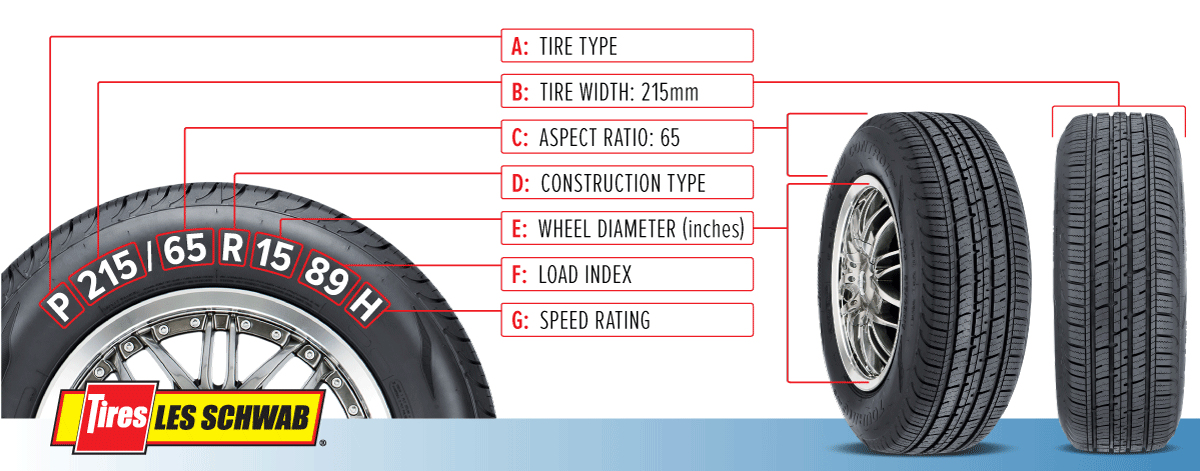 nine0003
nine0003
In real conditions of car operation, especially in the cold season, moisture with various impurities gets on current-carrying conductors, contacts, connectors. Electrolysis currents appear.
The presence of this parasitic process is evidenced by a greenish and white coating on contacts, wires, terminals, connectors, in a word, where salt, acid, alkali and moisture have reached.
Electrolysis is not possible without current. Sometimes leakage currents for this reason reach 0.5 Amperes (500 milliamps) or more. If the wiring is well maintained, treated with special compounds, then the leakage for this reason usually does not exceed 5 milliamps. nine0003
In principle, this is also a leakage current. Many have noticed that a plaque forms near the battery terminal. This is also electrolysis. It causes the battery to drain. There is also an internal self-discharge caused by a violation of the integrity of the plates, the quality of the electrolyte. For older batteries, it can exceed the leakage currents of a car.
For older batteries, it can exceed the leakage currents of a car.
If you sum up all the listed causes in normal operation, it turns out that the total leakage current in the car can be up to 250 milliamps. nine0003
It can be considered normal if the current leakage in the car does not exceed 0.2 Amperes (200 milliamps) .
Here the opinions of many experts differ. Some auto electricians refuse to look for current leakage up to 0.5 Amperes. Others believe that allowable leakage should not exceed 100 milliamps.
But all experts agree: if the leakage current is greater than the critical value of 500 milliamers (0.5 Amperes), it is necessary to eliminate the causes of this, because. the consequences may be irreversible. nine0003
Video - how to measure the leakage current in a car with a multimeter:
One of the most common and non-dangerous consequences of a current leakage in a car is the discharge of the battery while parking.
It is easy to calculate. With a value of 0.5 amperes for 10 hours of parking, the leakage will “eat” 5 ampere-hours of battery charge, for 100 hours - 50 ampere-hours. Thus, for 4 days of parking, the leak "eats" the entire battery charge. nine0003
Therefore, leaving the car for a long parking, you can approximately calculate how long the battery charge will last by measuring the leakage current of the car. The lower the value, the longer the battery will hold a charge. Therefore, many motorists, to be sure, remove the battery terminal while parking.
A more serious consequence may be the failure of individual units. At a current of 0.5 amperes, the power dissipation will be 0.5 x 12 = 6 watts. If it dissipates on any one element, such as a transistor or a control unit microcircuit, it will heat up and fail over time. nine0003
The most serious consequence is the ignition of electrical wiring. For example, with a leakage current through any conductor of 1 Ampere, 12 watts of power is dissipated on it.
By itself, this power will not cause ignition, but the insulation of the conductor will begin to melt, which can lead to a short circuit in the electrical wiring, extreme currents will enter into the processes, which will cause ignition. Therefore, cases of spontaneous combustion of the car during parking are not uncommon.
If a multimeter is not at hand, the presence of current leakage can be visually assessed at night. To do this, you must turn off the ignition, all electrical equipment, open the hood, close the car, not turning on the car alarm.
Next, you need to disconnect the positive terminal of the battery, wait five minutes. After that, you need to connect the battery terminal. If a large spark forms when the terminal is connected, there is most likely a leak. nine0003
Note: there will be a spark in any case, since during the connection of the terminal, the emergency lighting and alarm may be temporarily turned on.
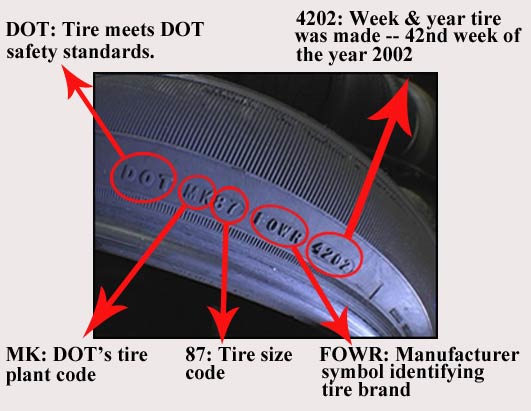
This test can be done if there is a main sign of current leakage: battery discharge after a short stop. It is considered critical if a sufficiently fresh battery is discharged after one week of parking. It is not always possible to check this, since the car is in constant operation.
Video - how to measure the leakage current in a car with a multimeter:
Another sign is the presence of extraneous noise, crackling, buzzing, sparking in the car when the electrical equipment is turned off.
The presence of foreign odors with a taste of smoke when getting into the car in the morning after parking is a serious sign of a malfunction. If there is a large current leakage in the car, then according to the laws of conservation of energy, it can manifest itself in the form of mechanical, thermal or light energy.
Unfortunately, it is almost impossible to find the true cause with such methods. You need to use a multimeter. Auto electricians identify the causes and eliminate current leakage in a car as a complex repair work. nine0003
When the first signs of such a malfunction appear, it is necessary to check the current leakage in the car using the device.
For this, a conventional multimeter with a current measurement mode of 10 amperes or more is suitable.
Test sequence:
1. Before carrying out work, you must find the location of the car's fuses. This can be done by downloading the owner's manual for the car by asking the appropriate query in the search engine. In some vehicles, the fuses are located on the cover of the fuse box. You need to find all the places where there are fuses in the car. nine0003
2. Remove the positive battery terminal. The ignition and all electrical equipment of the car must be turned off.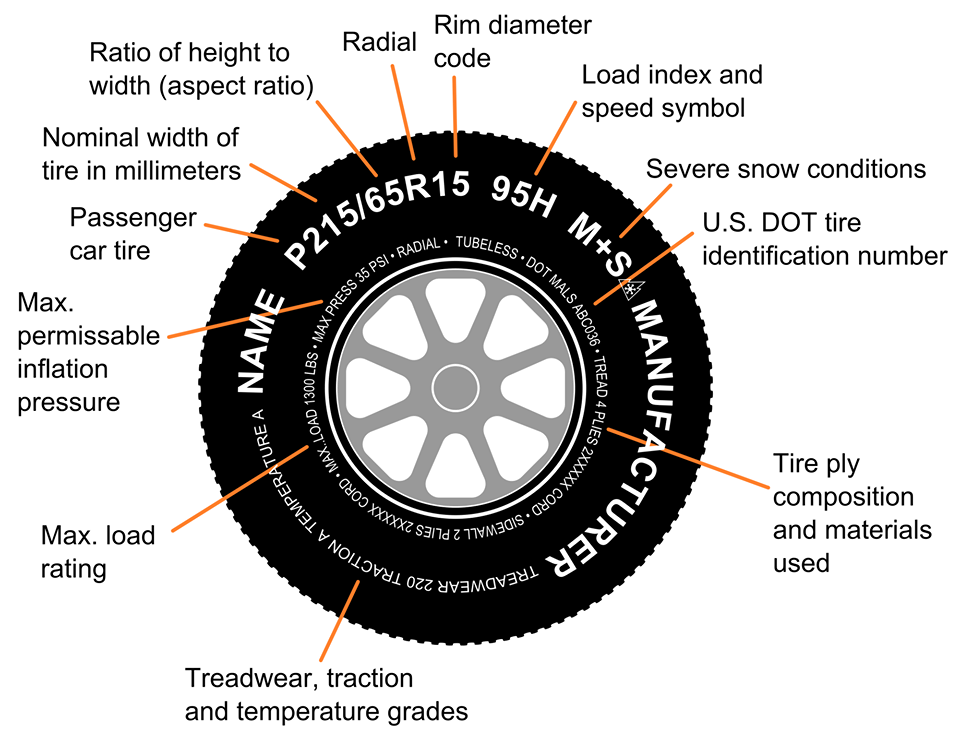 Some experts recommend monitoring the negative terminal. There are no fundamental differences, the chain is still the same. When monitoring on the positive terminal, it is easier to search for a specific leak.
Some experts recommend monitoring the negative terminal. There are no fundamental differences, the chain is still the same. When monitoring on the positive terminal, it is easier to search for a specific leak.
3. The multimeter switches to 10 Amp DC current measurement mode, the probes are installed in the appropriate sockets. It is better to put crocodile tips on the probes. nine0003
4. Next, the positive (red) probe is carefully fixed on the positive terminal of the battery, the negative one - on the removed terminal going to the vehicle equipment. The place of this connection must be protected from accidental contact with the car body (you can simply temporarily insulate it with rags) so that there is no short circuit.
5. The digital display of the multimeter will show the leakage current. If its value is less than 0.2 Amperes, further control can be omitted. If the current is more than 0.5 Amperes, that is, a critical value, it is necessary to proceed to further operations. nine0003
nine0003
In the case when its value is in the range from 0.2 to 0.5 Amperes, the decision on the advisability of further actions is taken independently. If the current exceeds the upper measurement limit (as shown in the following photo), you should immediately stop measuring and invite a specialist.
6. If the leakage current in the car is more than a critical value, start looking for a specific cause and its source.
An assistant is needed for this. He will consistently remove and insert the fuses into their original places. At this time, the "operator" of the multimeter must control the change in the readings of the device. nine0003
If, when the fuse is removed, the readings do not change significantly (by more than 5%), then there is practically no leakage current through this fuse.
It is more correct to start switching off - switching on with powerful fuses designed for high currents. This can speed up the search process. Usually there are several smaller fuses along the chain of fuses of a large rating.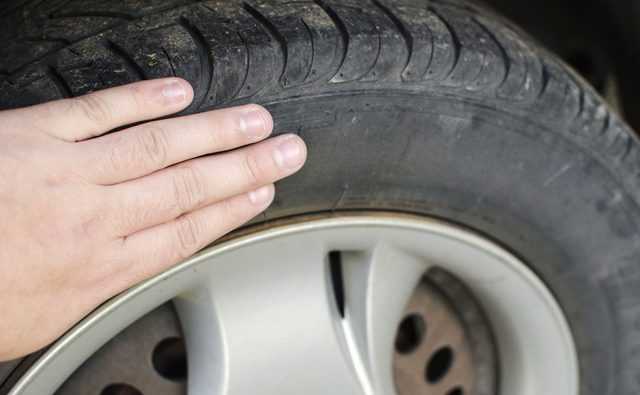
If, for example, when dismantling the fuse responsible for the body control unit, the leakage current has significantly decreased, it is necessary to go to the control of small fuses responsible for lighting equipment, wipers, washer and other elements of body equipment. nine0003
Video - finding a current leak in a car:
It is best to go through all the fuses in this way. Car alarm fuses are usually not installed in regular places, they can “hang” next to the main alarm unit.
Some auto electricians use a sophisticated control method. It does not require an assistant.
7. Complicated method. In this case, the positive battery terminal is thrown back. The fuses are in sequence. The multimeter probes are installed in the connectors of the removed fuse, controlling the current through a particular circuit. This method is more laborious, but accurate. nine0003
This method is more laborious, but accurate. nine0003
8. Having deciphered all the circuits through which the current flows according to the fuse layout, proceed to establish the specific cause of the leakage in these circuits. This requires experience with vehicle electrical circuits. The most common causes:
9. To temporarily eliminate the problem of current leakage, you can leave the fuse that is leaking in place. For example, if the cause of the leak is in a malfunction of the car radio, you can turn off the corresponding fuse while parking. nine0003
If there are signs of current leakage in the car, it is necessary to measure its value with a multimeter.
If the leakage is higher than the critical value (0.5 Ampere), it is necessary to remove the battery terminal (preferably negative) and call a specialist or start fixing the problem yourself.